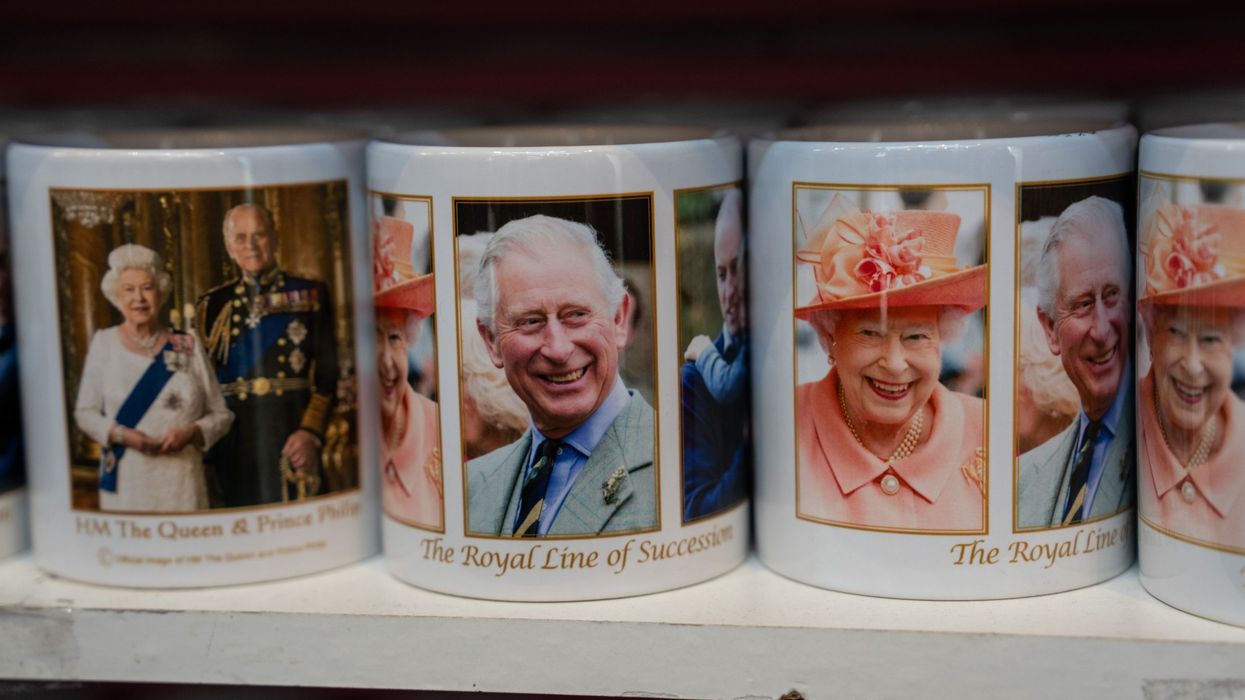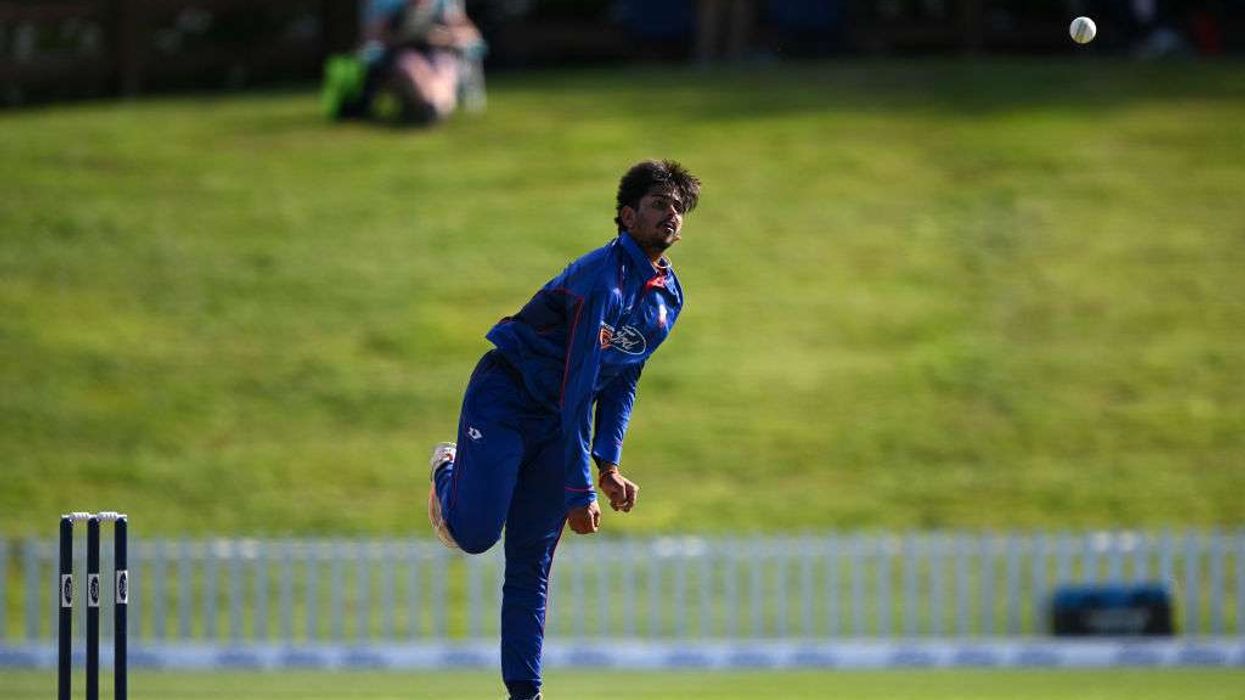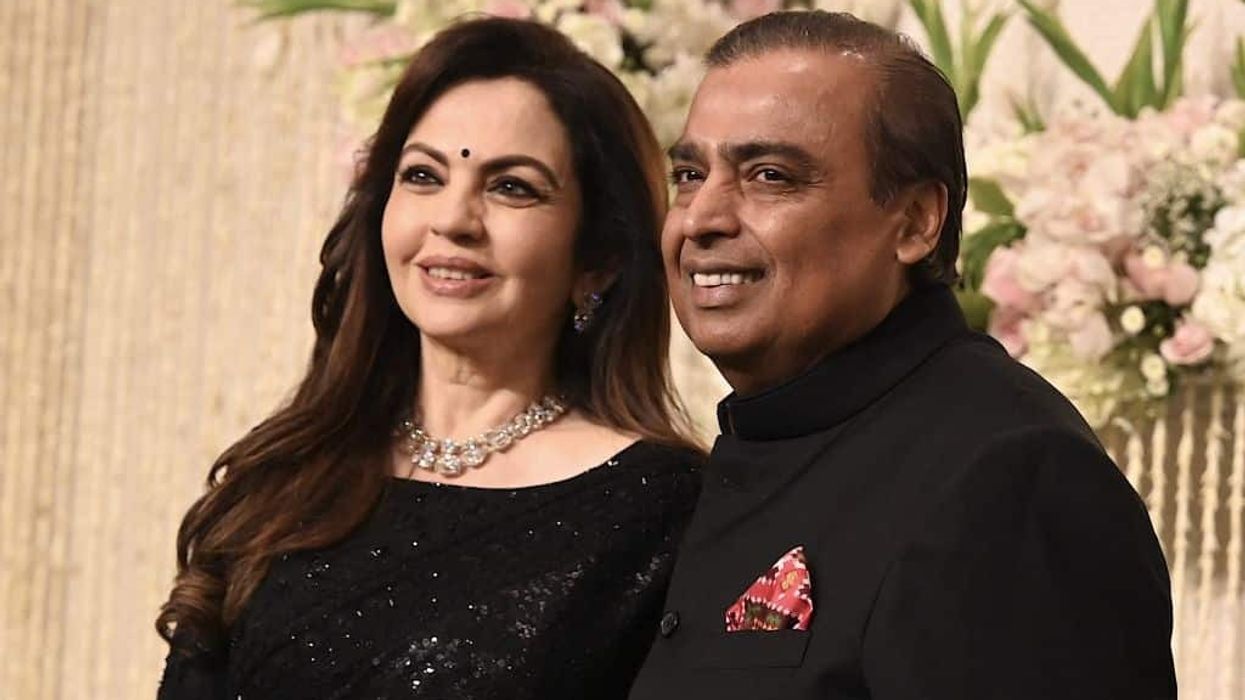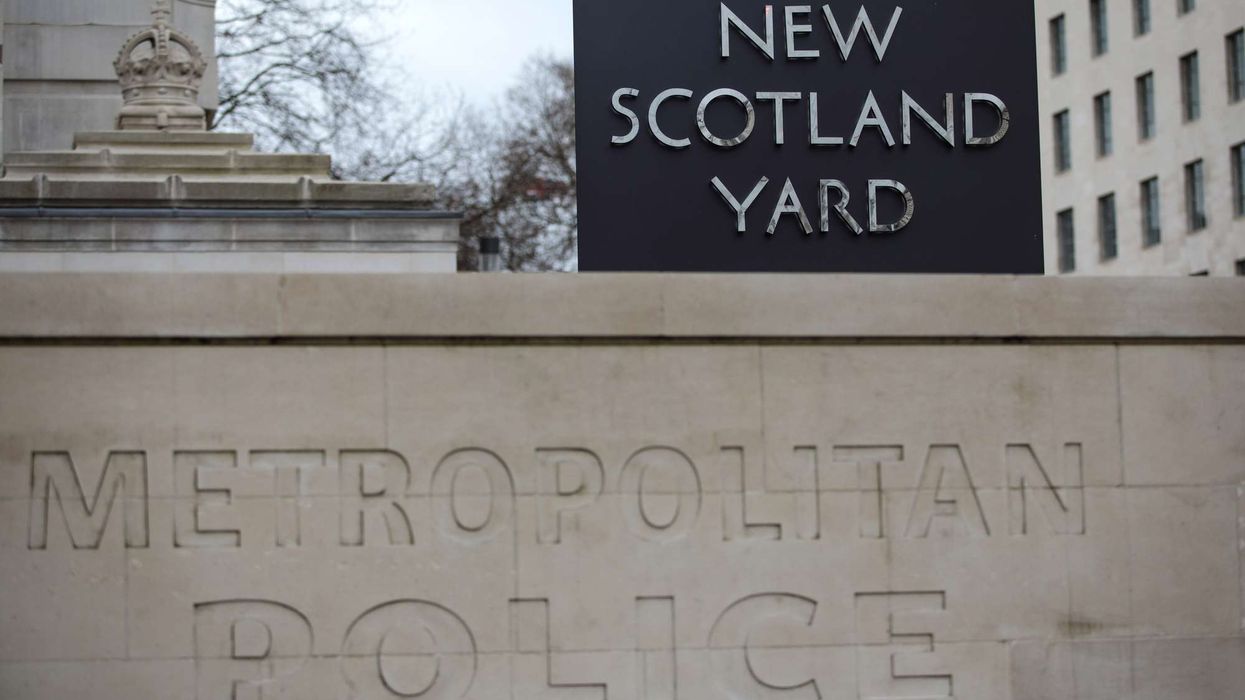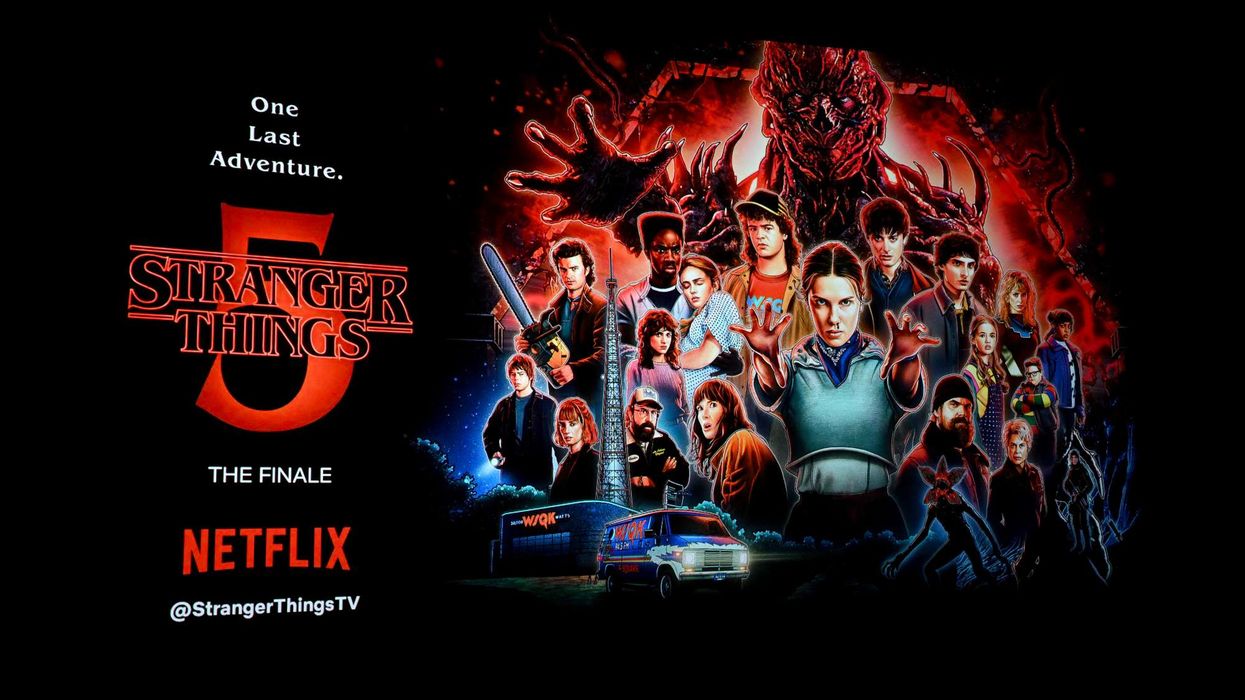King Charles is being crowned as a symbolic and ceremonial confirmation of his rightful position as the monarch of the United Kingdom and the other 14 realms that make up the Commonwealth of Nations.
The coronation is a centuries-old tradition that signifies the monarch's duty to uphold and defend the laws of the land, as well as his or her commitment to serve the people of the realm. The coronation ceremony itself is a grand and elaborate affair, featuring a wide range of religious and secular elements.
But why is he crowned and what does it all mean?
HISTORY AND THE LEGACY OF THE PAST
For almost a millennium, the coronation ceremony of the English and British monarchs has remained largely unchanged, taking place at Westminster Abbey in London. Throughout history, 38 monarchs have been crowned at the Abbey, with the exceptions of Edward V, one of the two young princes believed to have been killed in the Tower of London during the 15th century, and Edward VIII, who abdicated the throne to marry Wallis Simpson, an American divorcee.
UNIQUE AND ONE-OF-A-KIND
Unlike other monarchies around the world, a coronation ceremony is not necessary for the British monarchy, and the style of the event is unique to the country. As noted by royal historian Alice Hunt, the coronation ceremony that will take place for Charles III is not only unique but also remarkable in its survival, having changed little over the centuries.
The responsibility for organizing the coronation ceremony falls to the Earl Marshal, who holds the position of England's most senior peer in charge of state occasions. Throughout history, this role has largely been filled by the Duke of Norfolk and the Howard family. Currently, the responsibility falls to Edward Fitzalan-Howard, the current Duke of Norfolk, who also oversaw the arrangements for Queen Elizabeth's funeral.
RATIONALE BEHIND HAVING A CORONATION CEREMONY
While a coronation was once a necessary step for a monarch, it has now evolved into a ceremonial event in the United Kingdom. According to historian Hunt, the coronation still serves to legitimize the monarch in a public way and is an important moment of transformation for the new king or queen.
The ceremony has retained a strong religious element since its establishment in the 14th century, emphasising the transformation of the monarch during the ceremony. Even though the monarch technically assumes the throne immediately after the predecessor's death, the language used in the coronation ceremony suggests a symbolic change in the monarch's status.
WHAT TAKES PLACE?
The coronation ceremony holds a profound religious significance and is rich in symbolism. During the ceremony, King Charles will pledge to uphold the law and the Church of England. Seated on the historic Coronation Chair, also known as King Edward's chair, and containing the Stone of Destiny, the monarch will receive an anointing with holy oil that was consecrated in Jerusalem by the Archbishop of Canterbury, the spiritual leader of the worldwide Anglican Communion.
This anointing is the focal point of the ceremony and signifies the sovereign's receipt of God's grace.
"It's very easy with a religious ceremony to let the words kind of wash over you," Hunt said. "But listen to what is being said around what is happening at that moment of anointing. That's really unique and quite powerful, and has a long, long history."
As part of the coronation ceremony, King Charles will be presented with an array of opulent and intricately designed objects, including golden orbs, scepters, swords, and a ring, all of which form part of the Crown Jewels. These items hold various symbolic meanings, representing the monarch's power, authority, duties, and the power of God.
After receiving the symbolic items, the archbishop will place the heavy St Edward's Crown, which has been used in coronations for the last 35 years, on Charles's head.
It is worth noting that the coronation does not only involve Charles, but also his wife Camilla, who will undergo a simpler coronation ceremony as queen.
Upon leaving the Abbey, Charles will wear a different crown, the Imperial State Crown.
(With inputs from Reuters)
